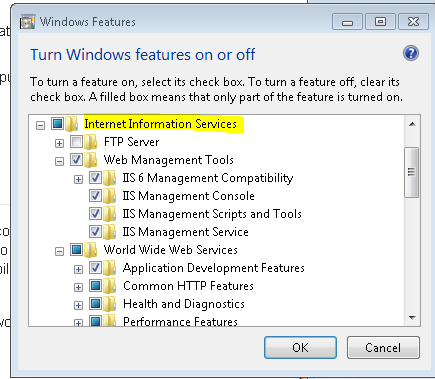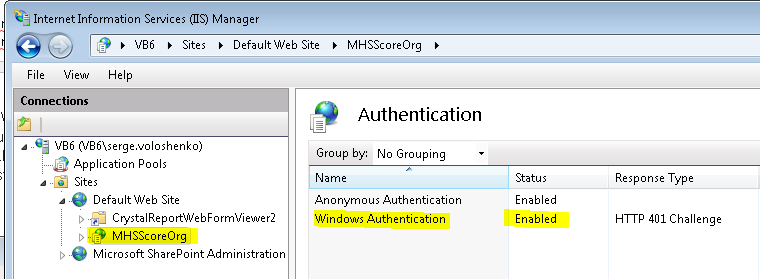(Much of this repeats what's already been written above.)
I need to run VS2003 as adminstrator under Win7 64-bit, to support legacy projects (e.g. those that run on the original Xbox). The old XDK requires VS2003, so upgrading is not an option. I could run WinXP but I prefer Win7.
VS2003 is not officially supported under Win7 and trying to do so creates a couple of fairly annoying problems:
Find-in-files causes VS2003 to hang.
Linking fails due to a PDB file handle leak.
The Find-in-files hang is solved by using "Disable visual themes". Navigate to the VS2003 shortcut (Start-->Microsoft Visual Studio .NET 2003), right-click to get context menu, select Compatibility tab, Settings pane, and check "Disable visual themes".
The linker failure (LNK1201) happens when you run the program through the debugger, stop it, modify a file and build. The error is that a Visual Studio hold a handle to the PDB file, while the linker tries to write to that file. You can stop and restart VS2003 to bypass the issue. Works but is annoying.
You can also use the Microsoft SysInternals "handle.exe" utility to find, then close handles held by a process on a particular file. Write a script to call handle.exe and set up the VS2003 project to run that script as a Pre-Build Event. (See this thread.) But handle.exe requires running as admin.
You could hypothetically change handle.exe to run as admin using the usual steps (e.g. as a compatibility setting) but then handle.exe (apparently) runs in a nested shell, and then the stdout text does not get to the calling script.
You can make VS2003 run as admin, in which case the Pre-Build script also runs as admin, hence does handle.exe, and that works.
The remaining trick is to get VS2003 SLN files to open properly. If you simply make VS2003 run as admin automatically then the VS version selector fails to run VS2003. I don't know why, but it is the case.
You could associate SLN files to open using VS2003 devenv.exe instead of VSLauncher.exe. That works but then all new SLN files (2005, 2008, 2010, 2012, ...) fail to open.
So the final step then is to make VSLauncher.exe run as admin. This fails as of KB2492386 as this thread indicates. Uninstalling that update was the final step in this saga, to get everything to work.





en_vs.net_2003_prereq.iso,en_vs.net_2003_pro_cd1.isoanden_vs.net_2003_pro_cd2.iso- I'm not sure if I ran themu_vsnet2003sp1.exeafterwards, it wouldn't hurt to just run it afterwards and check if it can be applied. – Emissary